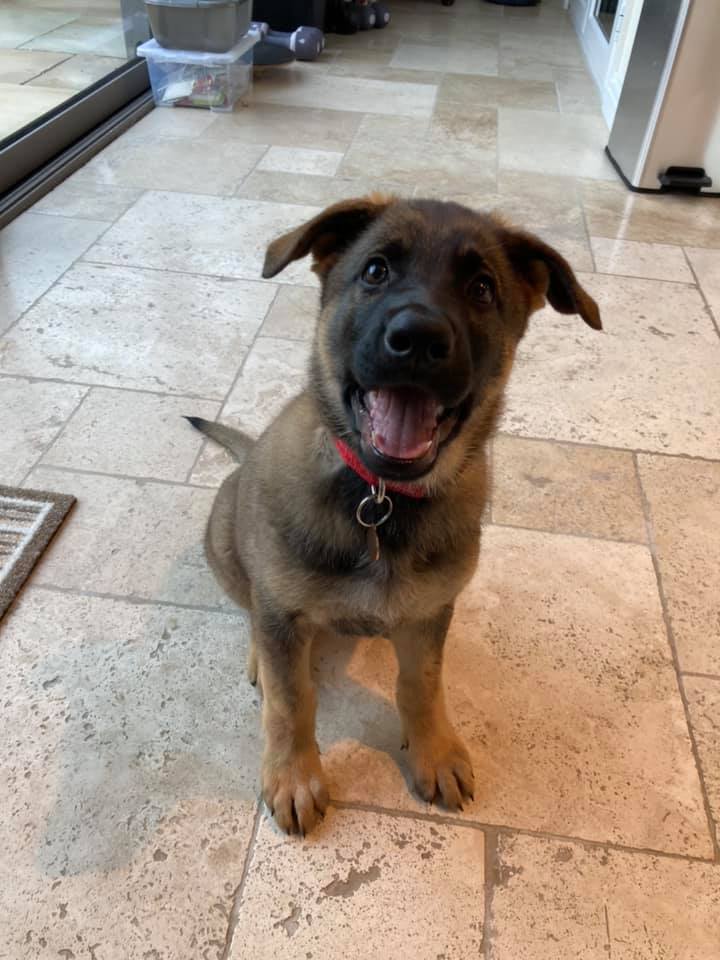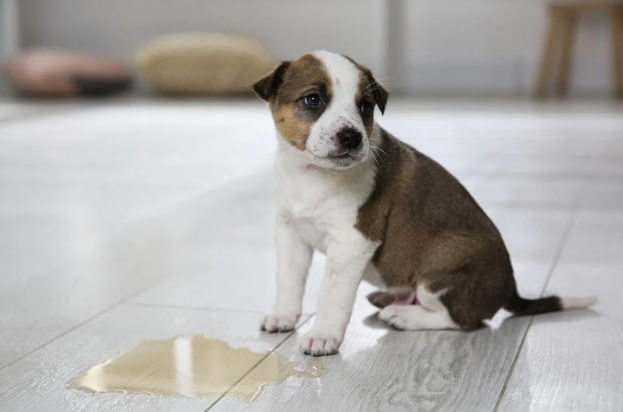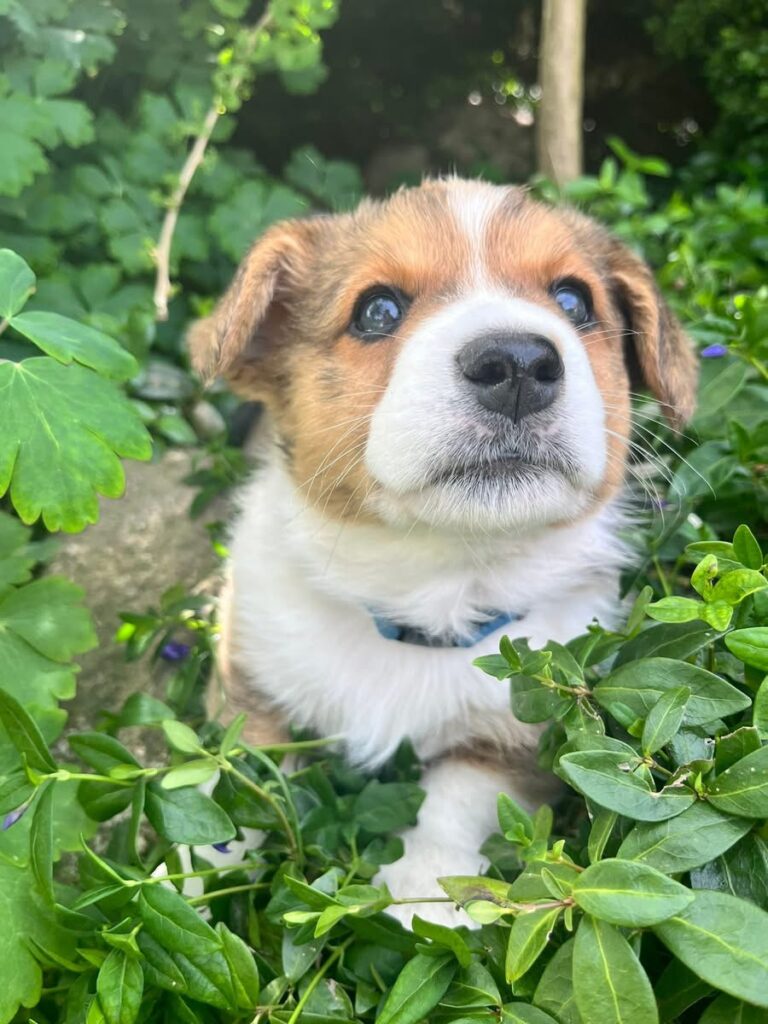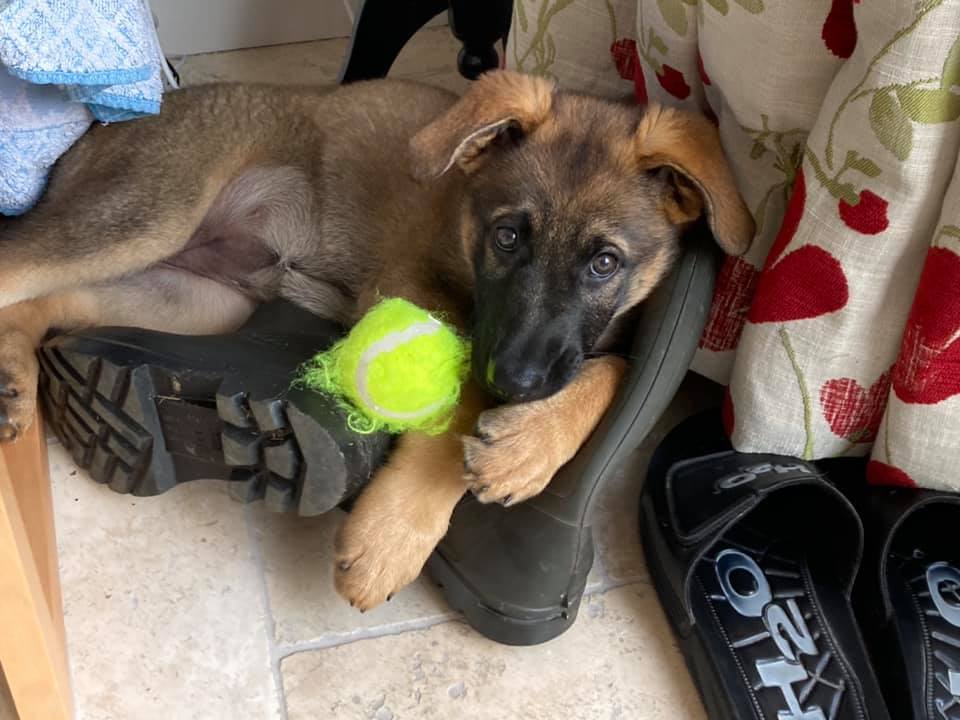Bringing a Puppy Home: What No One Tells You (But Should)
I thought I was ready.
After all, I’m a dog trainer. I’ve had adult dogs before. I knew about enrichment, management tools, and training methods. But getting a puppy? That was something else entirely.
What I wasn’t prepared for was just how hard it would be.
Not just practically but also emotionally.
No book, blog post, or checklist can fully prepare you for the moment a tiny, confused puppy arrives in your home, having just been taken from everything they’ve ever known: their mom, their siblings, their familiar smells, sounds, and daily routines. It’s a massive upheaval for them.
And now you are their entire world...
You are the safe base they’ll need to feel secure enough to sleep, explore, eat, learn, and grow.
So, while yes, you need all the gear (and we’ll cover that), the most important preparation happens inside you. Are you ready to be their safety net? To help them settle in a kind and humane way? To guide them through the chaos of puppyhood with empathy instead of frustration?
Here’s what I’ve learned, and what I hope helps you as you prepare to welcome a puppy into your life.

Emotional & Mental Preparation
Puppies are incredibly dependent. They need comfort, guidance, and consistency. That first week (or weeks) can feel like having a newborn with interrupted sleep, frequent toilet trips, constant supervision, and moments where you feel overwhelmed.
There will be days when your puppy just cries, or bites, or has accidents, and you might feel like you’re doing everything wrong and you are regretting ever getting involved with dogs in the first place! (Yes, I’ve been there).
You’re not doing everything wrong.
What your puppy needs isn’t perfection. They need you to be present, patient, and willing to meet them where they are.
Physical Preparation (What You’ll Need)
Some of the basics include:
- Food (obviously)
- A puppy pen or safe zone (I prefer that over a crate, but some dogs like crates so…)
- Stairgates to manage access in the home
- Soft bedding and blankets
- Food and water bowls
- Flat collar, a puppy harness and a lightweight lead
- ID tag with your address and phone number
- Poo bags, gentle puppy shampoo, and grooming tools
- A long line for safe outdoor exploration
- Toys, chews, and enrichment items (like puzzle feeders and snuffle mats)
- Puppy-safe treats and appropriate food
- Treat bag
- Enzymatic cleaner for accidents
And don’t forget to puppy-proof your home like you would for a curious toddler. Tuck away wires, remove anything dangerous or chewable, and make sure bins and cleaning supplies are secured.
Gentle Puppy Training Starts Early (but not with “Sit”)
Everyone wants their puppy to sit nicely but in those early days, that’s not the priority.
Here’s what matters more:
- Build your relationship: Let them learn that you are safe and kind.
- Teach them to settle: Support rest and calmness.
- Teach recall: This is a safety cue you’ll thank yourself for later.
Cues like wait and leave it can come later (along with other fun training stuff) once your bond is strong, and they trust your guidance.
Be patient and consistent with your training and use only kind, humane methods with positive reinforcement. This will help strengthen the bond between you and your puppy, and it is also the right thing to do when interacting with a sentient being.
House Training (and Why the Garden Door Isn’t Enough)
One of the most common early challenges is toilet training. Many people assume that leaving the back door open will teach a puppy to go outside.
Unfortunately, that doesn’t tell your puppy anything.
You’ll need a predictable routine and lots of praise for getting it right. Here’s a typical schedule to start with:
- First thing in the morning (quickly because they’ll want to have a wee just after they wake up).
- Before meals
- After meals (after 10 minutes for a wee and after 30 minutes for a poo).
- After playing (approx. 20 minutes)
- After naps
- Before bedtime (we took ours out just before we went to bed ourselves even though she had been asleep for a while. This helped her sleep from around 11 pm – 5-6 am with only a couple of nights of having to go out).
- Possibly once or twice during the night in the beginning
Go with them, reward generously when they go in the right place, so they learn what to do and where to do it. And remember that accidents will happen. They’re not being naughty. They’re just learning.

Photo credit: Canva stock photo.
Biting and Chewing. It’s Normal!
Puppies bite. It’s how they explore the world (because they don’t have thumbs). It’s also how they express excitement, frustration, having to go for a poo and even tiredness.
That doesn’t mean we allow it but we guide them gently. Redirect with a chew toy or end the interaction calmly if it gets too much. Learn their subtle cues for when they need the toilet, when they are overtired – or when they need to burn off some excess energy.
Yelling or scolding doesn’t teach them to be gentle. It just teaches them to fear you and that you can’t be trusted.
Puppies learn best when they feel safe.
The witching hour. Mayhem and chaos!
You may have heard of the witching hour. It’s that hour (or two) at night approximately between 7 – 9 pm where puppies have an unexpected burst of energy. In other words they may go crazy, do zoomies, bite, jump, bark and just generally act like maniacs. (Not all puppies do this, but a lot do).
So, how do you handle it?
Preempt the behaviour by preparing activities for them like puzzle toys or a short calming sniffari. A short evening walk was what helped my Sadie the most at that age. Redirect their energy on to appropriate toys or let them blow off steam in the garden (weather permitting). If their behaviour becomes really overwhelming or they are a danger to themselves it can be necessary to place them in their safe zone, where they usually settle down and fall asleep fairly quickly. (We used a puppy pen with soft bedding and a large open crate as a safe zone).
Work on settle/calmness training as already mentioned. This will also benefit both your puppy and you so much later when they become adolescents.
Puppy Socialisation. It’s Not What You Think…
Socialisation doesn’t mean saying hello to every dog and person you pass. In fact, I often suggest that your puppy meets just one out of every ten dogs you encounter if the situation is calm, and the other dog is friendly of course. Never just let your puppy (or adult dog) run up to another dog to greet them without asking their human first.
And if you let your puppy run free and greet every single dog they meet, you risk creating a puppy who gets frustrated when they can’t greet, or who pulls and barks at the sight of others because they want to get to them. As your puppy grows older and bigger, you’ll regret that.
Instead, let your puppy observe. Let them learn that the world is full of interesting things, and not everything is for them. That’s confidence. That’s social learning.
Puppies have a lot to learn – being home alone is also one of those things. I have covered that in another blog.
Why Puppy Classes Matter (Even if You’re a Trainer)
Even if you know how to train your dog, attending a good puppy class can be a game-changer. Not just for learning different behaviours but just for the experience which is also part of socialisation.
Choose a class that is force-free, low pressure, and focused on calm exposure rather than chaotic play. Your puppy will get used to being around other dogs, hearing different sounds, working near distractions all while learning to focus on you.
That’s gold!
Some Days Are Hard. But They Get Better
There will be tough days. Days when you question why you did this. Days when your puppy chews your shoes, pees on the rug, and bites your ankles. All before breakfast.
But there will also be glorious days. Days when your puppy looks at you with complete trust. When they curl up beside you to sleep. When they come running back to you with joy in their eyes.
And those days? They’re the beginning of something truly special.
Final Thoughts
Bringing a puppy home is a big deal both for them, and for you.
You can’t prepare for everything. But you can show up with compassion, patience, and a force-free approach that sets you both up for a happy, respectful, and rewarding life together.
If you need help to get started with your puppy – or even to choose the right kind of puppy to fit your lifestyle – then reach out via tina@tinashappyhounds.dk
Finally – don’t forget to enjoy your puppy. They grow up so fast! I miss Sadie being a puppy, but now we have an amazing bond and I wouldn’t trade her for the world! Soon she will be getting a little brother too. Nimbus, a Welsh Corgi Cardigan. So, we are doing it all over again! 😊

Photo credit: Pia Riishøj, Kennel Godthaablund, Denmark.


No responses yet